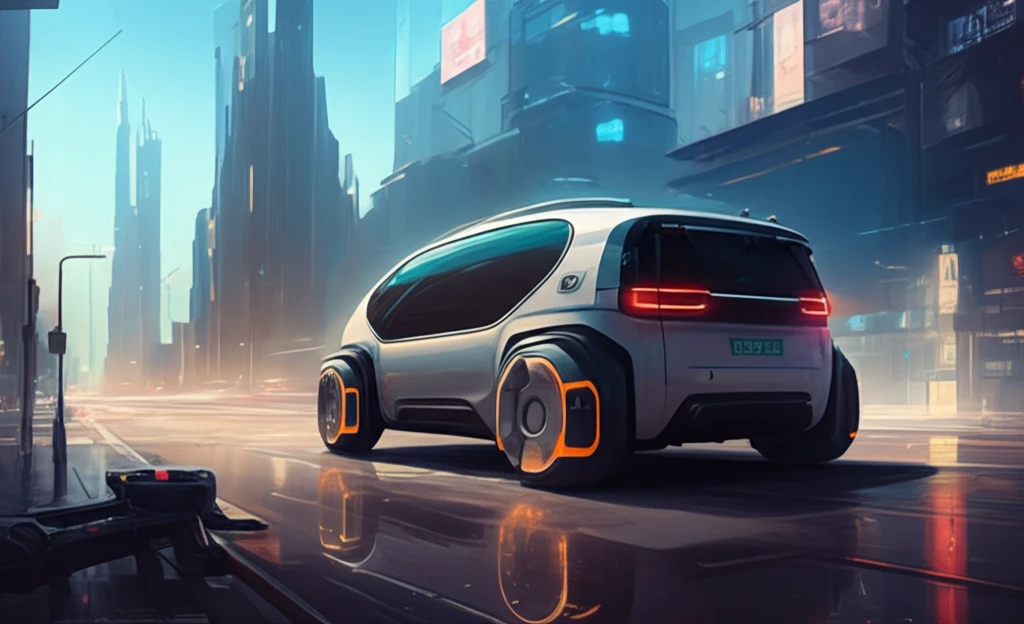
Reinventing the Wheel: How Autonomous Vehicles Like the ROboMObil Are Shaping the Future of Driving
"Discover how innovations in electric and robotic vehicle technology are paving the way for self-driving cars and revolutionizing transportation."
The automotive industry is on the cusp of a massive transformation, driven by advancements in electric vehicles (EVs) and autonomous driving technology. While the idea of self-driving cars might still seem like a futuristic fantasy to some, the reality is that researchers and engineers have been diligently working for years to bring this vision to life.
One such project pushing the boundaries of what's possible is the ROboMObil (ROMO), an innovative electric vehicle conceptualized and developed by the German Aerospace Center. More than just a car, the ROboMObil serves as a robotic system and a test platform for evaluating new approaches to autonomous driving. This article dives into the design and capabilities of the ROboMObil, exploring its unique features and the research it enables.
Imagine a vehicle that can navigate complex environments, park itself with precision, and even adapt to different driving modes based on the situation. That's the promise of the ROboMObil. By examining its architecture, sensor systems, and control mechanisms, we can gain valuable insights into the future of transportation.
The ROboMObil: A Research Platform for the Future

At first glance, the ROboMObil might resemble a conventional car, but beneath the surface lies a world of difference. Instead of a traditional chassis and steering system, the ROboMObil features four independently controlled wheel robots. Each wheel integrates an electric drive for steering, an electric motor for traction, and a hydraulic brake. This unique design gives the ROboMObil an exceptional level of maneuverability.
- Enhanced maneuverability with independent wheel control.
- Over-actuation for precise dynamics management.
- Unique steering capabilities for complex movements.
- Versatile platform for autonomous driving research.
The Road Ahead: What the ROboMObil Teaches Us About the Future of Driving
The ROboMObil represents a significant step forward in autonomous vehicle technology. By serving as a testing ground for new concepts and algorithms, it helps researchers tackle the challenges of creating truly self-driving cars. While widespread adoption of autonomous vehicles may still be some years away, projects like the ROboMObil are paving the way for a future where transportation is safer, more efficient, and more accessible.
